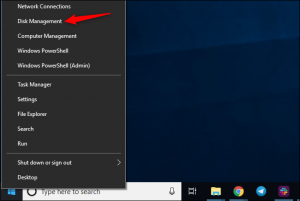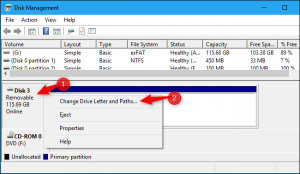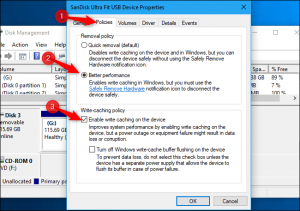Situatie
According to Microsoft, Windows 10 no longer optimizes external storage devices for “better performance” as of the October 2018 Update. Instead, it optimizes them for “quick removal.” Here’s what that means—and how to change it if you like.
We don’t think every Windows user has to change this option. Despite how tempting “better performance” sounds, the default “quick removal” policy is fine for most people.
Solutie
Pasi de urmat
1. If you’d like to enable “better performance,” you’ll have to do it individually for each external storage device you connect to your computer. However, Windows will remember this setting. So, if you change this option for one USB flash drive, it will be used whenever you plug that same USB drive into your current PC. The option won’t be remembered if you plug a different USB drive into your current PC or if you take the USB drive to another PC.
First, ensure you’ve connected the external storage device to your PC. You can then control this setting from the Disk Management tool. To open it, right-click the Start button on Windows 10 and select “Disk Management.” (If you’re using Windows 7, you can press Windows+R, type ”diskmgmt.msc ” into the window, and press Enter to launch the Disk Management tool.)
2. Locate the name of the disk at the bottom of the Disk Management window, right-click it, and select “Properties.” You have to right-click the name at the left side of the list.
If you’re not sure which disk is your external storage device, look at the drive letter displayed here. You can check File Explorer to see which drive letter your external storage device is located at, if necessary.
3. Click the “Policies” tab and select “Better performance” under Removal policy to use this policy. Microsoft recommends you also activate the “Enable write caching on the device” setting under Write-caching policy if you select Better performance.
Do not enable the “Turn off Windows write-cache buffer flushing on the device” option unless the external storage device has a separate power supply. This can cause data loss if your computer experiences a power failure.
4. Click “OK” to save your changes. This change only applies to this specific USB device, and you’ll have to repeat this process to apply it to additional devices.
Remember to safely remove devices before physically unplugging them from your PC!
5. If you change your mind, you can return to the device properties window and select “Quick removal (default)” instead.
Microsoft’s statement that this is a new default in the latest version of Windows 10 is a little confusing to us. We noticed “quick removal” was the default on some of our devices even back in Windows 7. Perhaps it was only the default on some devices and is now the default on all devices. Either way, you’ll have to enable “Better performance” manually—if you want it.






Leave A Comment?